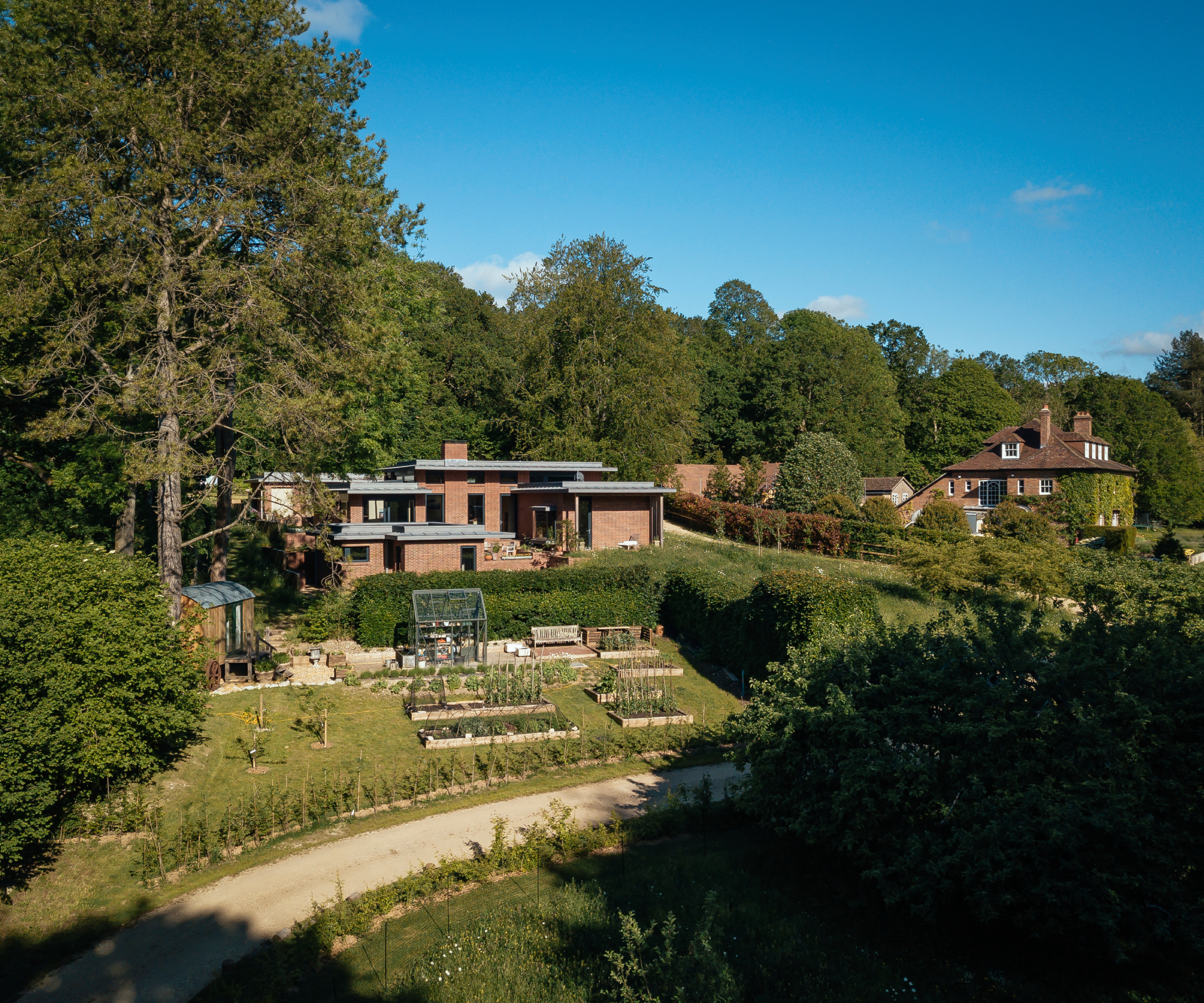House of Lords propose amendments to protect barn owls and otters from Planning & Infrastructure Bill
Peers push for wildlife safeguards as housing and planning reforms advance

The House of Lords is considering key amendments that would limit how new planning permissions can impact protected species like barn owls and otters.
Under the proposed changes, housebuilders might be prevented from using broad environmental delivery plans (EDPs) to sidestep specific habitat protections.
The debate raises urgent questions about how the Bill balances the drive for new homes with long‑standing legal safeguards for wildlife.
Amendments suggested by House of Lords

Peers have focused heavily on EDPs - a new mechanism in the Bill intended to allow developers to address environmental harm via a plan rather than direct protections on-site.
Critics argue EDPs could be misused to bypass existing protections for sensitive habitats. The discussed amendments were:
- Amendment 129, tabled by Lord Lansley, would require EDPs to identify all environmental impacts associated with a development, not just those narrowly defined. In response, ministers have defended the Bill’s framing, saying EDPs are meant to be “targeted plans” focusing only on specific environmental features.
- Amendment 130, backed by Baroness Willis and a coalition of peers, would exclude sensitive natural habitats and species (such as woodland, dunes, otters, and barn owls) from being covered by EDPs - thereby preventing developers from considering them under broad, catch‑all schemes.
These amendments aim to strengthen the Planning & Infrastructure Bill’s environmental provisions, ensuring that certain species and habitats remain protected regardless of any overarching plan.
Protests from charity groups

Nature groups have seized on this moment as critical. The Wildlife Trusts have called on peers to support Amendment 130, warning that without it, the Bill could lead to “one of the biggest reversals of protections for our precious wildlife that we’ve ever seen.”
Bring your dream home to life with expert advice, how to guides and design inspiration. Sign up for our newsletter and get two free tickets to a Homebuilding & Renovating Show near you.
Craig Bennett, CEO of The Wildlife Trusts, said: “It’s crunch time … The Government appears intent on taking power and decision making away from local communities … We need homes for people, but destroying homes for wildlife is not the way to do it.”
Other charities and local trusts echo the alarm: Sussex Wildlife Trust, for example, says the peers’ proposal would “disarm the most damaging aspect of the Planning & Infrastructure Bill” and prevent woodlands, dunes, otters, and barn owls from being harmed under EDPs.
What is the Government's position?
Ministers have defended the inclusion of EDPs, arguing they provide a more strategic, landscape-level approach rather than piecemeal mitigation.
The government, represented by Baroness Taylor of Stevenage, defended EDPs as a strategic, landscape-level tool to balance development with environmental outcomes: “Environmental assessments and case‑by‑case negotiations of mitigation and compensation measures often slow down the delivery of much‑needed housing and infrastructure…"
She added: "By taking a more strategic approach… we can deliver improved environmental outcomes while reducing planning delays for the housing and infrastructure that our communities need.”
During the Lords debate, questions were raised about enforceability and long-term liability: for example, EDPs are set for 10 years, but some conservation obligations (e.g. nutrient neutrality and Biodiversity Net Gain) may last 30 to 80 years - creating a “disconnect” unless addressed.
When could the Planning & Infrastructure Bill be approved
The Bill is currently in 'Report Stage' in the House of Lords, with further sittings scheduled, but once the Lords conclude their amendments, it must return to the House of Commons for consideration of those changes.
If the process proceeds smoothly, the Government is aiming for Royal Assent by early November, bringing the Bill into law.
The fate of Amendments 129 and 130 is pivotal. If peers succeed in adopting them, some protected species and habitats might be shielded from schemes that could otherwise dilute their legal protections, but much depends on the upcoming votes and the final text of the Bill.

News Editor Joseph has previously written for Today’s Media and Chambers & Partners, focusing on news for conveyancers and industry professionals. Joseph has just started his own self build project, building his own home on his family’s farm with planning permission for a timber frame, three-bedroom house in a one-acre field. The foundation work has already begun and he hopes to have the home built in the next year. Prior to this he renovated his family's home as well as doing several DIY projects, including installing a shower, building sheds, and livestock fences and shelters for the farm’s animals. Outside of homebuilding, Joseph loves rugby and has written for Rugby World, the world’s largest rugby magazine.
